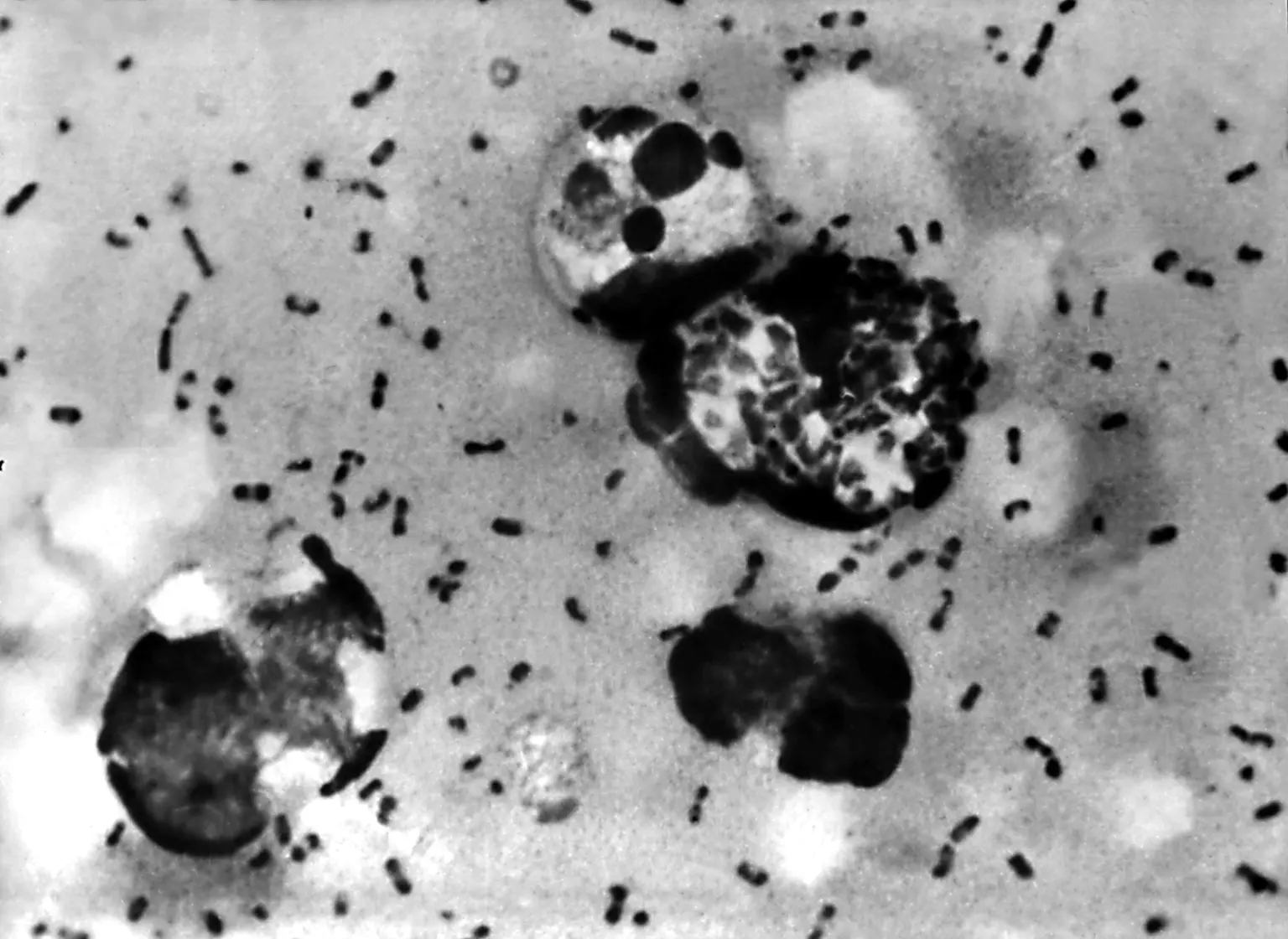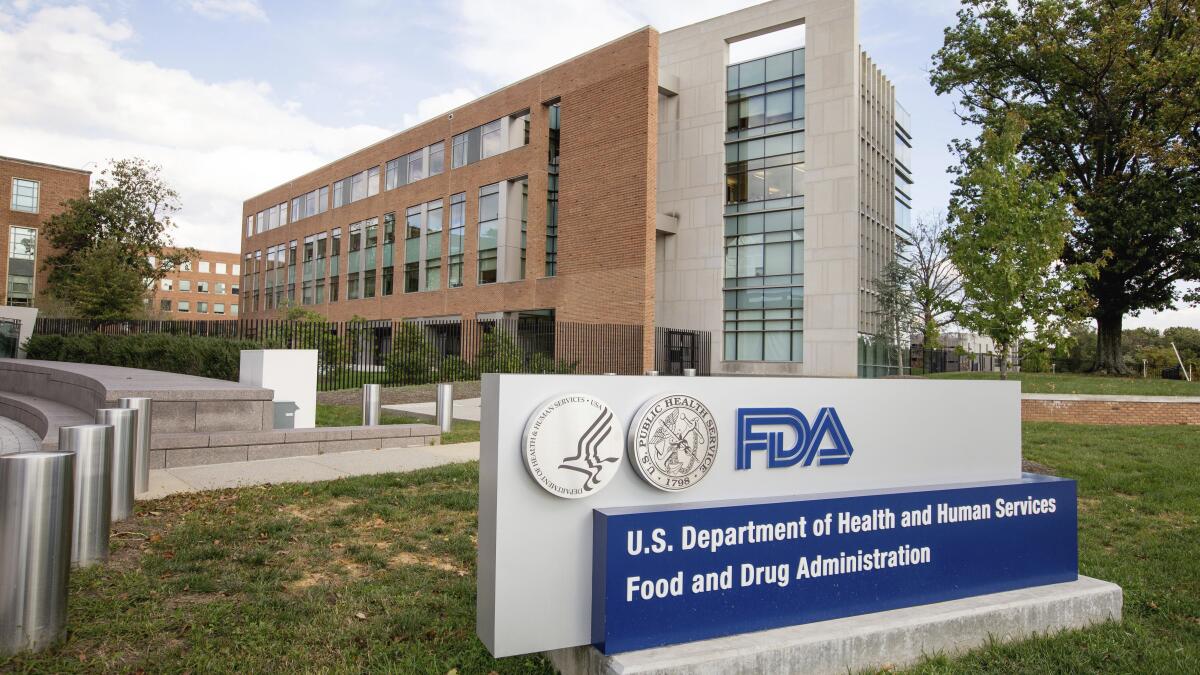
The recent reports of an Arizona resident succumbing to the pneumonic plague have sent shockwaves through public health communities and residents alike. This heartbreaking incident marks a rare occurrence of a deadly disease, prompting urgent investigations and heightened awareness campaigns from health officials across the state. While the pneumonic plague is exceedingly rare, its severe implications underscore the importance of understanding this contagious disease, recognizing its symptoms, and knowing preventive measures.
Understanding the Pneumonic Plague
The pneumonic plague, caused by the bacterium Yersinia pestis, is a severe lung infection that can be transmitted from one person to another through respiratory droplets. Historically notorious for causing devastating pandemics such as the Black Death, the plague now exists as a concern primarily in specific geographic regions, including parts of the southwestern United States, such as Arizona.
Unlike bubonic plague, which manifests with swollen lymph nodes, pneumonic plague primarily infects the lungs, making it more contagious and potentially more deadly if not diagnosed and treated promptly. The disease’s incubation period is typically 1 to 4 days, with symptoms emerging rapidly, emphasizing the importance of swift medical intervention.
The Recent Arizona Case
According to recent reports from BBC, the unfortunate death involves an Arizona resident who was diagnosed with pneumonic plague before succumbing to the illness. This incident is particularly noteworthy because cases of pneumonic plague are rare in the United States, making public attention and proactive health responses crucial.
The authorities indicate that the individual may have contracted the disease from exposure to infected animals or through contact with others carrying the bacteria. Health officials are now meticulously tracing contacts to prevent further spread and are advising caution among residents, particularly in areas with known wildlife reservoirs like rodents and fleas, which are known carriers of the bacteria.
Why is the Pneumonic Plague So Rare but Dangerous?
Rareness of Cases
Despite its historical notoriety, the pneumonic plague remains a rare disease in the modern age, especially in developed countries like the United States. Surveillance systems, improved hygiene, and public health interventions have significantly lowered its incidence. According to CDC data, only a handful of cases are reported annually, predominantly linked to exposure in rural areas where interaction with wild animals or their fleas is common.
However, the rarity does not negate its potential severity. When it does occur, the disease progresses swiftly and can be fatal if not treated within 24 hours of symptom onset.
Why is it so deadly?
- Rapid progression: Once infected, symptoms such as fever, cough, chest pain, and difficulty breathing emerge rapidly, often within hours.
- High mortality if untreated: Without prompt antibiotic treatment, the disease’s mortality rate can approach 100%. Early intervention drastically improves survival chances.
- Contagious nature: Pneumonic plague spreads directly through respiratory droplets, making it highly contagious among close contacts and in crowded settings.
Signs and Symptoms to Watch For
Being vigilant about symptoms can be lifesaving, especially during an outbreak or in areas where the disease has been reported. Typical signs include:
- Fever and chills
- Cough that may produce blood
- Shortness of breath
- Chest pain
- Weakness or fatigue
- Headaches and body aches
If anyone develops these symptoms after possible exposure, immediate medical attention is essential. Early diagnosis and antibiotic treatment are key to preventing fatalities.
Preventive Measures and Public Health Response
In response to the recent case, health officials emphasize several preventive steps for residents, especially in areas with known risk factors:
- Avoid contact with wild rodents and their fleas
- Use flea control measures on pets and in homes
- Practice good hygiene, including washing hands regularly
- Stay indoors during outbreaks among local wildlife populations
- Seek immediate medical care if symptoms appear following potential exposure
In addition, health authorities are conducting extensive environmental surveillance to identify any new reservoirs or outbreaks. Local clinics are alert and prepared to diagnose and treat possible cases swiftly.
The Role of Community and Healthcare Providers
Community awareness plays a critical role in controlling rare outbreaks like this. Public health campaigns are crucial for educating residents about the risks and prevention of pneumonic plague. Healthcare providers are also on high alert, ready to administer rapid diagnostics and antibiotics to anyone suspected of infection.
Moreover, coordination between public health agencies, veterinary services, and environmental agencies is vital to monitor the situation, trace contacts, and prevent further cases.
Looking Ahead: Managing the Threat of Rare Diseases
This recent incident in Arizona serves as a stark reminder that even rare diseases can pose significant health threats if not addressed promptly. While the overall risk for the general public remains low, awareness and preparedness are essential components of public health safety.
As climate patterns shift and human interactions with wildlife increase, the potential for zoonotic diseases like the pneumonic plague to re-emerge or spread further remains a concern. Continued vigilance, rapid response, and public education are the best tools to manage this threat effectively.
Final Thoughts
The tragic death of this Arizona resident underscores the importance of staying informed and proactive about infectious diseases, regardless of their rarity. The situation highlights the need for ongoing research, environmental monitoring, and community engagement to prevent similar incidents in the future.
Health officials reassess strategies regularly to improve response times and treatment options, ensuring that such rare but deadly diseases are kept under control.
Remember, recognizing early symptoms and seeking immediate medical attention can save lives and prevent the spread of infections like the pneumonic plague.
For more updated news please keep visiting Prime News World.









